I. Introduction
A. Importance of oral hygiene 🦷
Good oral hygiene is essential to maintain the health of our mouth and teeth. Healthy teeth are not just about a bright smile, but they also play a crucial role in our overall well-being. This is because poor oral health can lead to problems like cavities, gum infections, bad breath, and even more serious medical complications if not treated in time.
To maintain optimal oral hygiene, it is essential to follow a regular and effective brushing routine. The toothbrush is one of the most fundamental and most used tools in this routine, as it helps remove food residue, plaque and bacteria that accumulate in our mouth throughout the day .
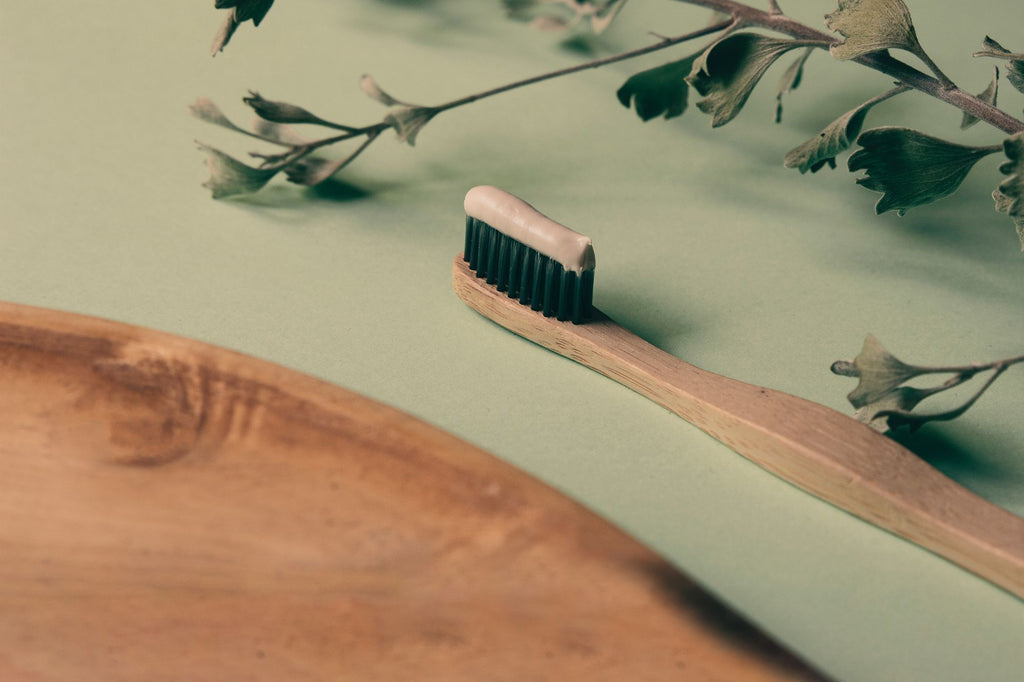
B. Essential role of the toothbrush in dental health 🪥
The toothbrush is a key instrument for maintaining our dental health. It is designed to effectively clean the surface of our teeth, including the interdental spaces where food residue can lodge. The brushing movement also stimulates the gums, which contributes to their good health.
Regular and proper use of the toothbrush helps prevent the accumulation of dental plaque, the thin sticky layer that forms on the teeth and is responsible for the formation of cavities and gum problems. By eliminating dental plaque, we also reduce the risk of developing gingival inflammations such as gingivitis or periodontitis.
In addition to its role in preventing dental problems, the toothbrush also plays an aesthetic role in keeping our smile bright. By removing stains and debris, it helps maintain the natural whiteness of our teeth and prevent the formation of stubborn stains due to the consumption of certain foods, drinks or tobacco.
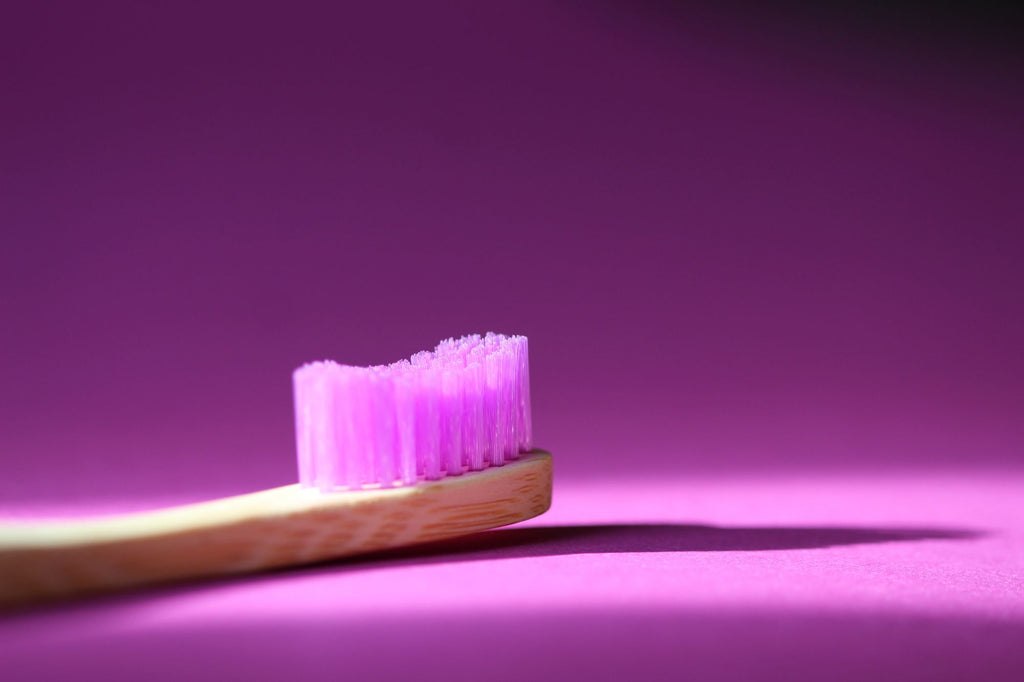
C. Objective of the article: understand when it is necessary to change your toothbrush 😉
The main objective of this article is to inform on the importance of knowing when it is time to change your toothbrush. Although the toothbrush is an essential part of our oral hygiene routine, many people neglect to replace it regularly. Indeed, a used toothbrush can become ineffective in properly cleaning our teeth and can even become a breeding ground for bacteria, which can be detrimental to our oral health.
In the following sections, we'll look at how long a toothbrush lasts, the signs it needs to be replaced, the health risks associated with a used toothbrush, and recommendations for optimal use. By understanding when and why it is necessary to change our toothbrush, we can adopt good oral hygiene practices to preserve our radiant smile and our long-term dental health.

Summary
- I. Introduction
- A. Importance of oral hygiene
- B. Essential role of the toothbrush in dental health
- C. Objective of the article: understand when it is necessary to change your toothbrush
- II. Lifespan of a toothbrush
- A. Dentist recommendations on duration of use
- B. Visual signs of toothbrush wear
- C. Impact of wear on brushing efficiency
- III. Health risks associated with a used toothbrush
- A. Accumulation of bacteria and risk of infections
- B. Deterioration of hair and risk of dental abrasion
- C. Long-term oral health consequences
- IV. Ideal replacement frequency
- A. Factors influencing the frequency of change
- B. General recommendations depending on the type of toothbrush (manual, electric, bamboo, etc.)
- C. Tips for better storing your toothbrush
- V. Tips for extending the life of your toothbrush
- A. Regular cleaning and maintenance of the toothbrush
- B. Use of head protectors for travel
- C. Eco-responsible alternatives to reduce waste
- VI. The different options for replacing your toothbrush
- A. Traditional toothbrushes
- B. Electric toothbrushes and their replacement heads
- C. Bamboo toothbrushes and other sustainable alternatives
- VII. Conclusion
- A. Importance of changing your toothbrush regularly for good oral hygiene
- B. Summary of signs of wear and health risks
- C. Eco-responsible solutions and following dentists' recommendations for a dazzling smile and optimal dental health.

II. Lifespan of a toothbrush 🫧
A. Dentist recommendations on duration of use 💦
According to dentists and oral health professionals, it is recommended to replace your toothbrush every three to four months. This duration is a general estimate and may vary depending on individual usage. Some people may wear out their toothbrush more quickly due to factors such as excessive pressure while brushing or specific dental issues.
Regularly renewing the toothbrush helps maintain its effectiveness for optimal cleaning. Over time, the bristles of the brush can become worn and curled, decreasing their ability to reach hard-to-reach areas of the mouth. Additionally, bristles can accumulate food residue, bacteria and mold, which can affect oral hygiene and potentially harm gum health.

B. Visual signs of toothbrush wear 😱
It is essential to know how to spot the visual signs of wear on a toothbrush. Here are some indicators that it's time to replace it:
- Hairs are spread, tousled or folded.
- The bristles are worn and appear frayed.
- Hair color is discolored or dull.
- The toothbrush head has signs of mold or residue buildup that are difficult to remove.
If you notice any of these signs, it's time to say goodbye to your current toothbrush and upgrade to a new one. Keeping a toothbrush in poor condition can compromise brushing effectiveness and put your teeth and gums at risk of infections and dental problems.
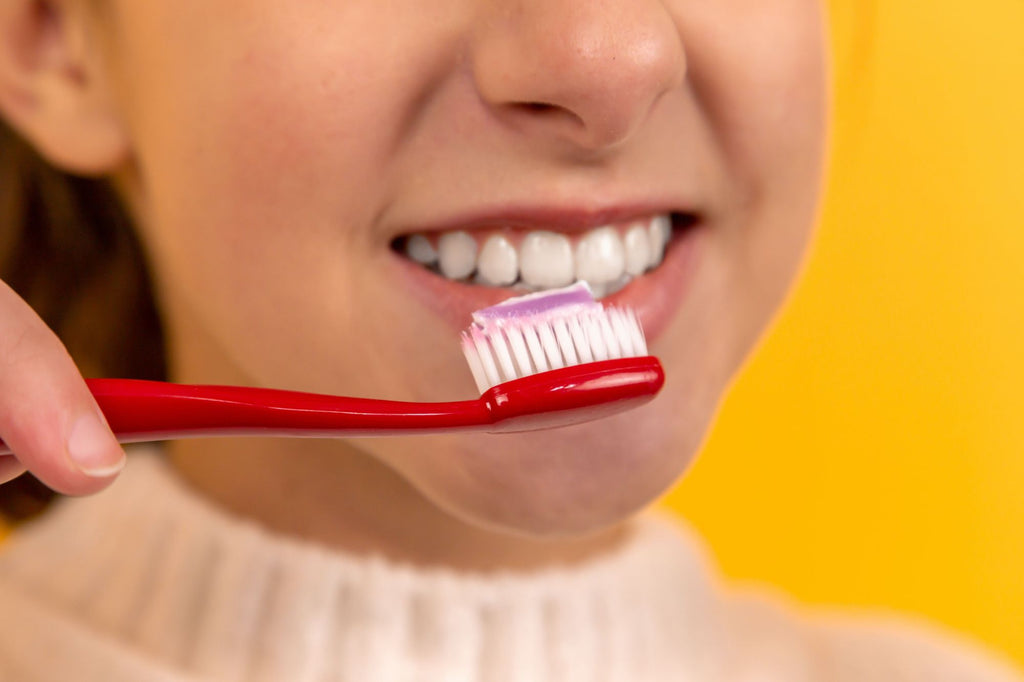
C. Impact of wear on brushing efficiency 😁
Toothbrush wear can have a significant impact on brushing effectiveness. When the bristles are worn, they can no longer effectively remove plaque, food residue and bacteria present in the mouth. This can lead to increased plaque buildup, which is the main cause of cavities and gum problems.
A worn toothbrush may also not be able to reach hard-to-reach areas between teeth and along the gum line, which can leave food residue and plaque unremoved. This can lead to an increased risk of developing gum problems such as gingivitis, an inflammation of the gums that can cause bleeding and increased sensitivity.
Additionally, a used toothbrush can harbor bacteria and mold, which can worsen oral health problems and lead to mouth infections.
It is therefore essential to regularly replace your toothbrush to maintain optimal oral hygiene and preserve the health of our teeth and gums. In the next part of this article, we will look at other factors that can influence when to change your toothbrush and how to take care of this essential tool for our dental health.
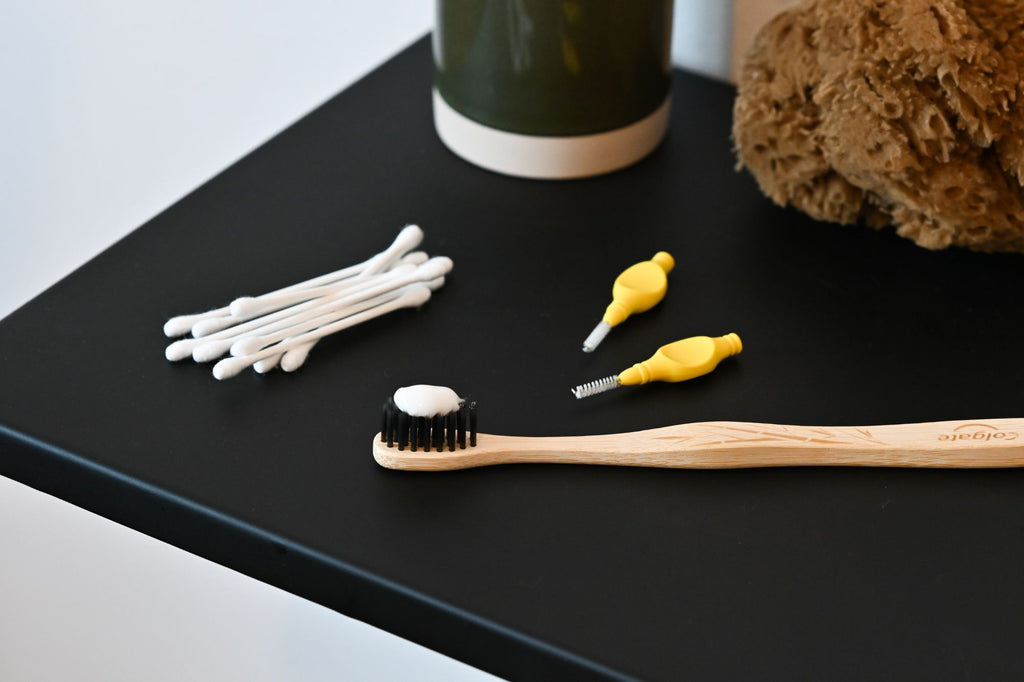
III. Health risks linked to a used toothbrush ✨
A. Accumulation of bacteria and risk of infections
A used toothbrush is a breeding ground for bacteria buildup. After each use, residues of food, saliva and bacteria remain on the bristles of the brush. In a humid environment like the bathroom, these bacteria can multiply quickly.
When you use a contaminated toothbrush, you introduce these bacteria into your mouth, which can lead to various oral infections. Bacteria can cause gum problems such as gingivitis and periodontitis, which manifest as bleeding, swelling, and sensitivity of the gums.
Additionally, if you have lesions or small sores in your mouth, bacteria on the toothbrush can infect these areas and delay their healing. Some studies have also suggested that bacteria in the mouth may be associated with more serious health problems, such as respiratory and cardiovascular infections.
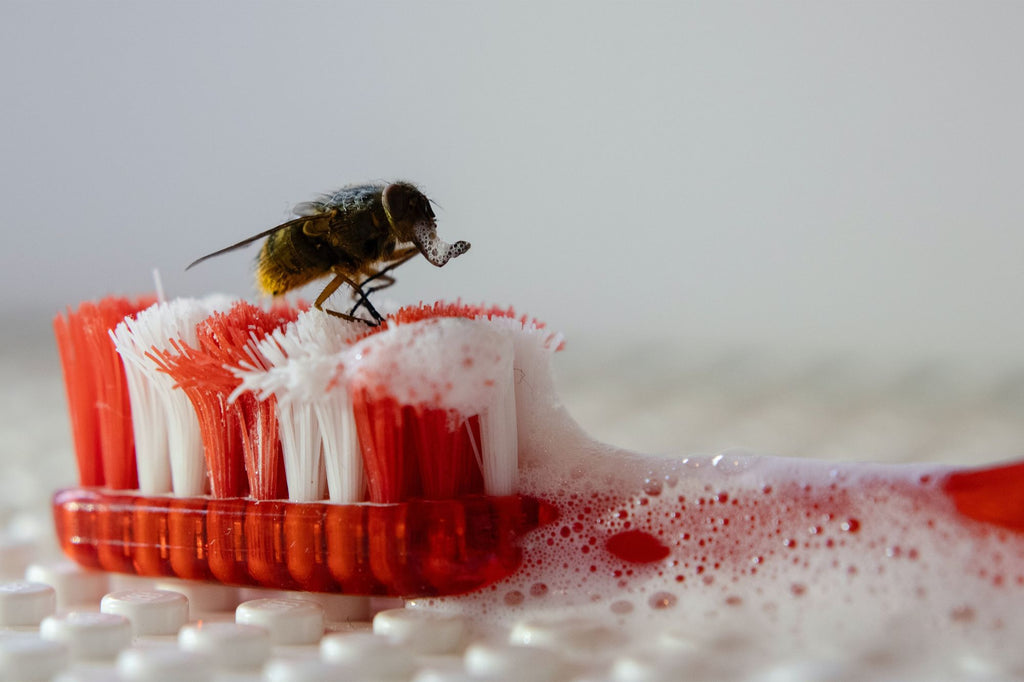
B. Deterioration of hair and risk of dental abrasion
Over time, toothbrush bristles wear out and can become degraded. Gapped, frayed or damaged bristles can cause dental abrasion, which is the wearing away of tooth enamel. Tooth abrasion exposes the underlying dentin, which is more sensitive and vulnerable to decay and irritation.
A worn toothbrush may also not be able to effectively remove plaque, leaving deposits that will gradually harden to form tartar. Tartar is difficult to remove at home and requires professional intervention at the dentist to be removed. If tartar is not removed, it can lead to more serious oral health problems.
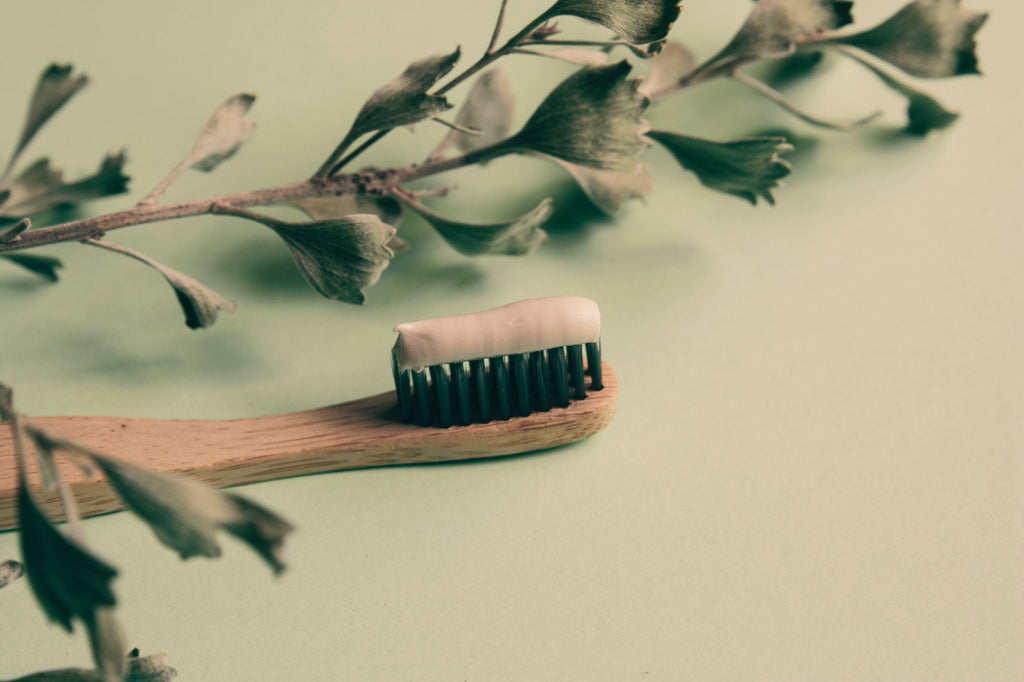
C. Long-term oral health consequences
Prolonged use of a used toothbrush can have long-term consequences on oral health. Ineffective oral hygiene due to toothbrush wear can lead to plaque buildup, which promotes the development of cavities and gum disease.
Additionally, dental abrasion caused by used toothbrush bristles can increase tooth sensitivity and make teeth more vulnerable to damage from acidic foods and drinks.
It is therefore essential to regularly replace your toothbrush to avoid these health risks and maintain good oral hygiene. In the next part of this article, we will see the different methods to maintain and extend the life of your toothbrush to ensure optimal effectiveness for your dental health.
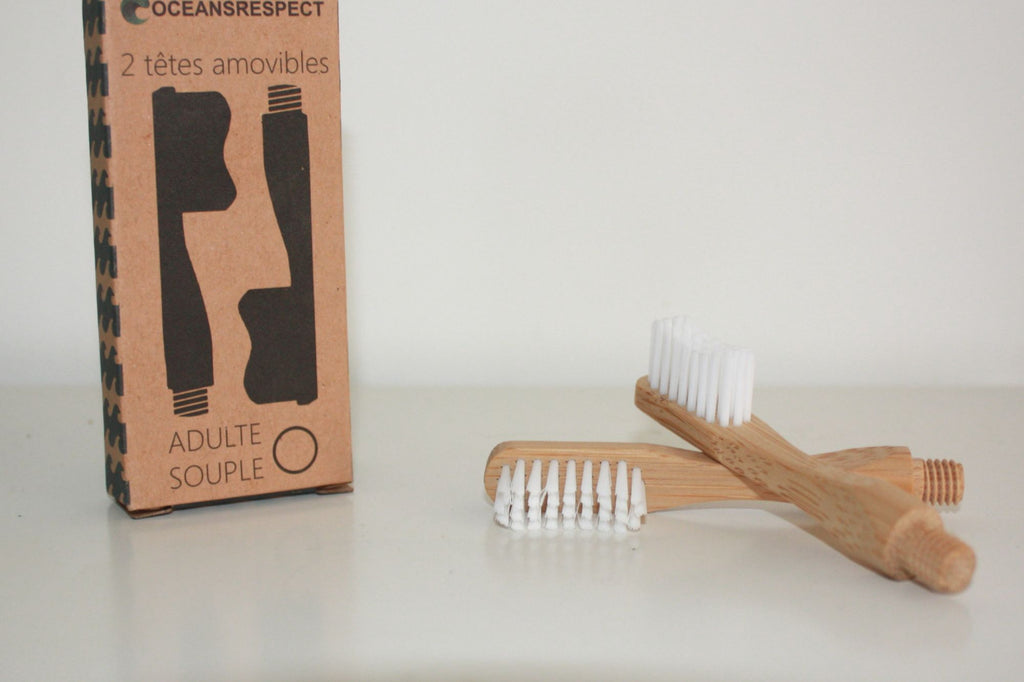
IV. Ideal replacement frequency 👉
A. Factors influencing the frequency of change
How often you should replace your toothbrush depends on several factors. Here are some things to consider:
1. Daily Use: If you use your toothbrush twice a day, it will wear out more quickly than if you brush it once a day.
2. Brushing Force: If you tend to press hard on your toothbrush while brushing, this can lead to premature wear of the bristles.
3. Oral Health Status: If you have dental problems or oral infections, it is recommended to replace your toothbrush more frequently to avoid reintroducing bacteria into the mouth.
4. Storage conditions: A toothbrush stored in a humid or confined environment is more prone to bacterial growth, which can shorten its lifespan.
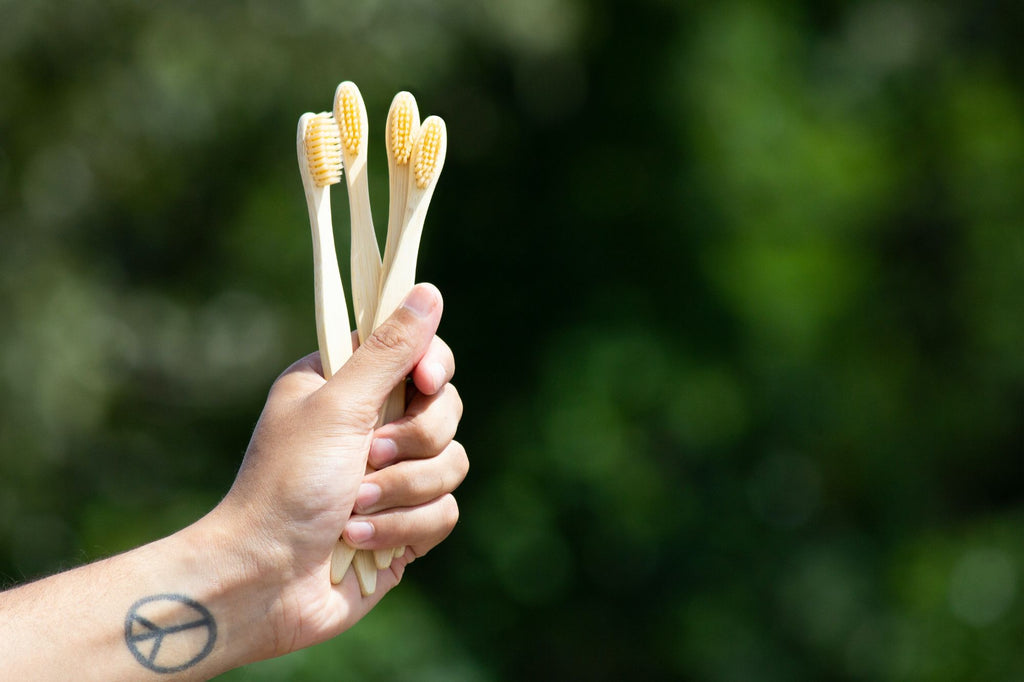
B. General recommendations depending on the type of toothbrush (manual, electric, bamboo, etc.)
The different types of toothbrushes have varying lifespans:
1. Manual toothbrushes: Manual toothbrushes are generally the most economical, but they need to be replaced more frequently, on average every 2 to 3 months.
2. Electric Toothbrushes: Electric toothbrush heads tend to wear out faster than manual brushes due to rotating or vibrating movements. It is recommended to replace the brush head every 3-4 months.
3. Bamboo Toothbrushes: Bamboo toothbrushes are durable, but they also require regular replacement to maintain optimal oral hygiene. The replacement frequency is similar to that of manual brushes, i.e. every 2 to 3 months.
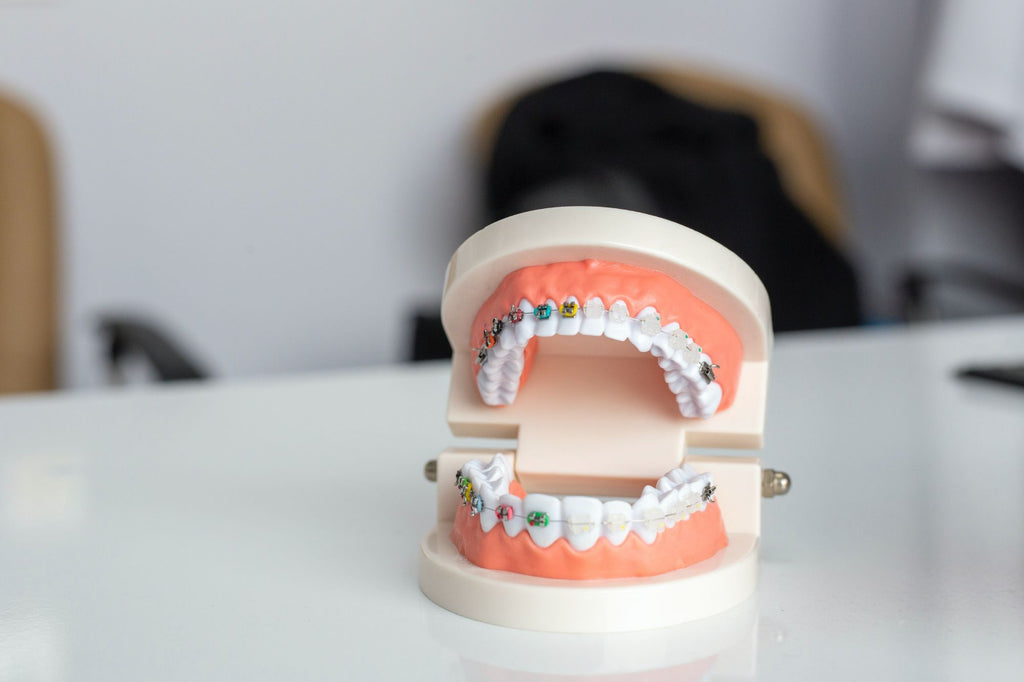
C. Tips for better storing your toothbrush 💙
To extend the life of your toothbrush and maintain good oral hygiene, here are some practical tips:
1. Rinse after each use: After each brushing, rinse your toothbrush thoroughly with warm water to remove toothpaste and food residue.
2. Air Dry: To prevent moisture buildup, shake off excess water from your toothbrush and let it air dry. Avoid storing it in a closed container.
3. Avoid sharing your toothbrush: Each person should use their own toothbrush to avoid the spread of bacteria and infections.
4. Monitor wear: Regularly check the condition of your toothbrush bristles. If you notice that they are pulled apart, frayed or worn, it's time to replace it.
5. Follow the manufacturer's recommendations: If you use an electric toothbrush, follow the manufacturer's recommendations for replacing the brush heads.
By following these tips and replacing your toothbrush at the recommended frequency, you are helping to preserve your oral health and avoid the risks associated with a used toothbrush.
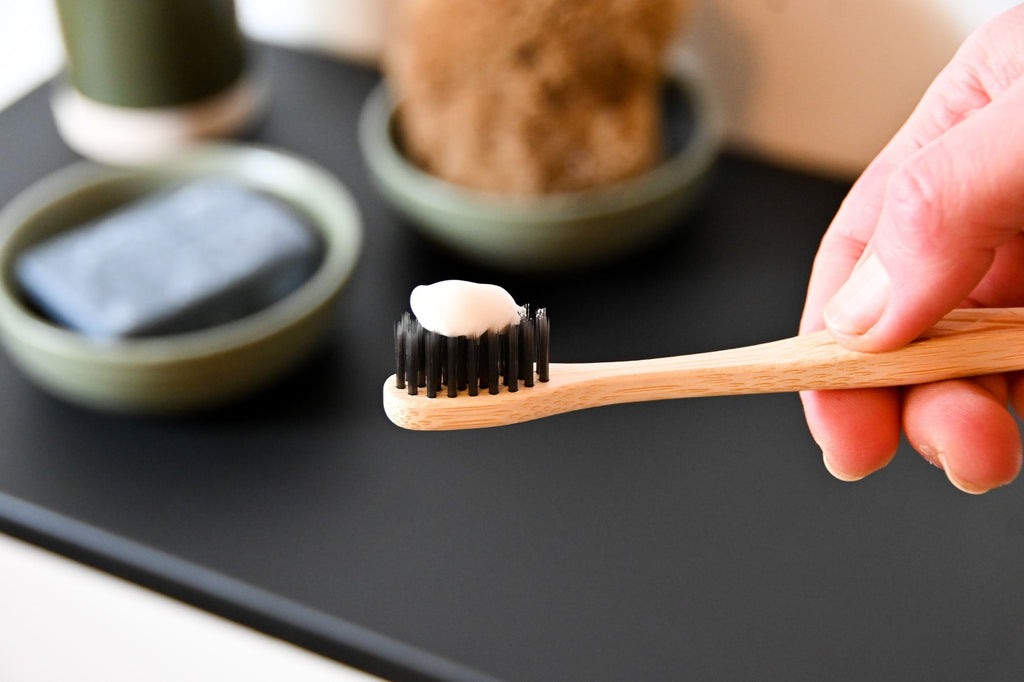
V. Tips for extending the life of your toothbrush
A. Regular cleaning and maintenance of the toothbrush 🧼
To extend the life of your toothbrush and guarantee optimal oral hygiene, it is essential to clean and maintain it regularly:
1. Rinse after each use: After each brushing, rinse your toothbrush thoroughly with warm water to remove toothpaste residue, plaque and bacteria.
2. Use a natural disinfectant: Every once in a while, dip the bristles of your toothbrush in a solution of water and white vinegar or hydrogen peroxide to kill bacteria.
3. Brush your tongue: Don't forget to gently brush your tongue, possibly with a tongue scraper , to remove bad breath-causing bacteria, which can also accumulate on the bristles of your toothbrush.
4. Air Dry: After rinsing, shake off excess water from your toothbrush and let it air dry. Avoid storing it in a closed container, as humidity encourages bacterial proliferation.
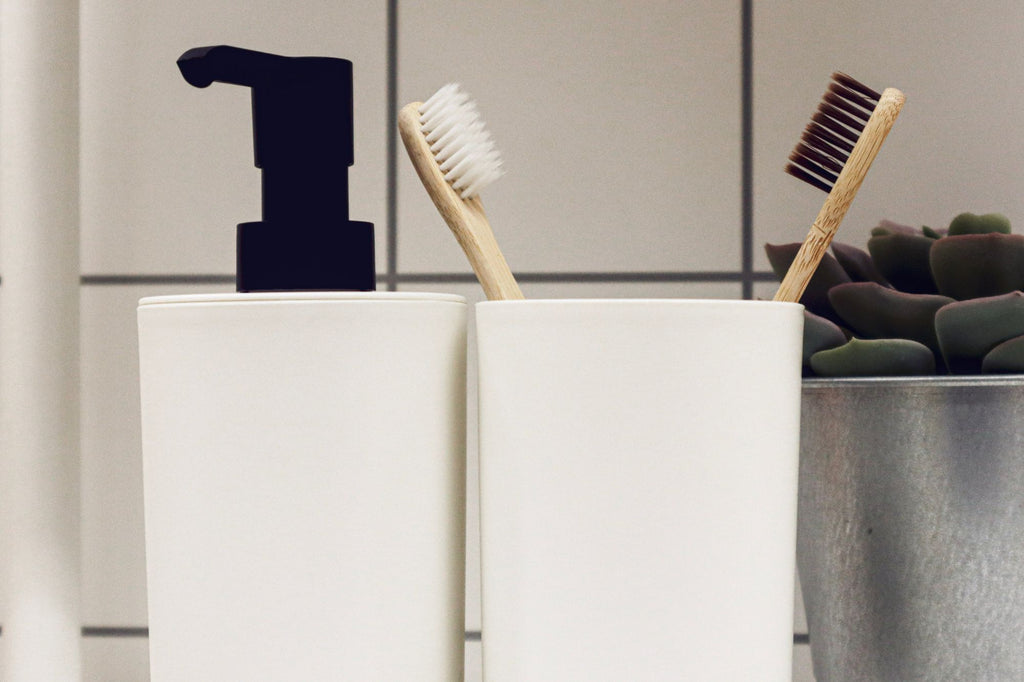
B. Using head protectors for travel 🌍
When traveling or traveling, it is common to store your toothbrush in a toiletry bag or bag without adequate protection. This can result in the bristles becoming contaminated with bacteria and unwanted residue. To avoid this, use a fabric or durable material head guard or bamboo travel case to protect your toothbrush bristles while you travel. Just be sure to let your toothbrush dry thoroughly before storing it in its head cover to avoid moisture.
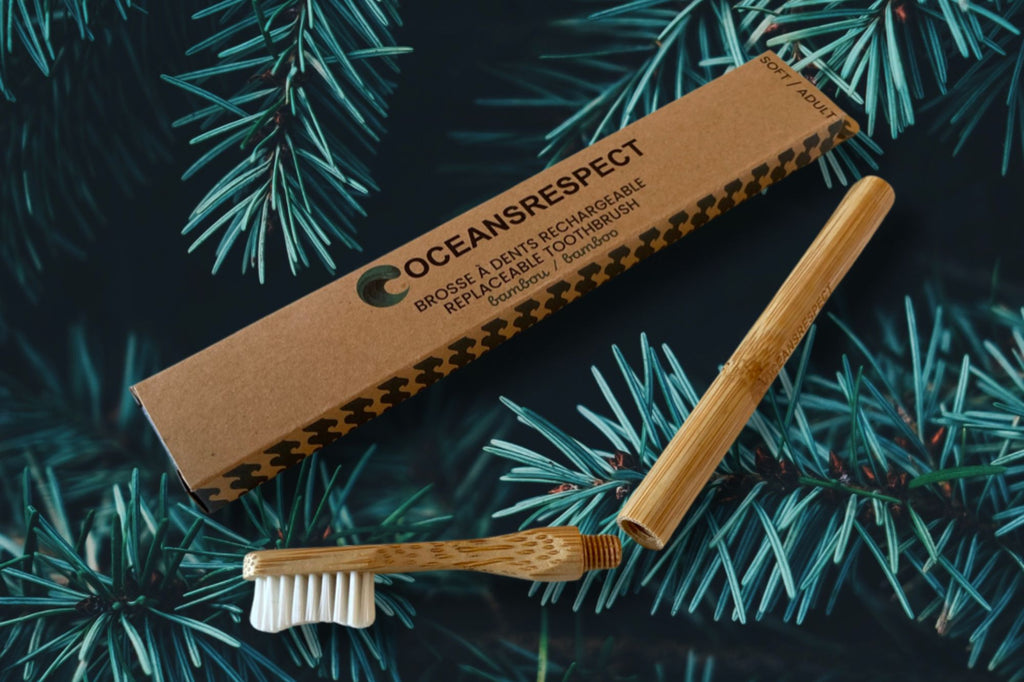
C. Eco-responsible alternatives to reduce waste 🌳
In addition to regular cleaning and protecting your toothbrush, there are eco-responsible alternatives that allow you to extend its lifespan and reduce waste:
1. Bamboo Toothbrushes: Opt for bamboo toothbrushes, which are more durable than plastic brushes. Bamboo is a renewable and biodegradable resource, making it an excellent eco-friendly alternative.
2. Rechargeable toothbrush heads: If you use an electric toothbrush, choose rechargeable brush heads rather than disposable ones. This significantly reduces the amount of plastic waste generated.
3. Recycling: When it's time to replace your toothbrush, make sure you recycle it properly. Some brands offer recycling programs for plastic toothbrushes, allowing them to be given a second life.
By following these simple, eco-friendly tips, you can extend the life of your toothbrush while helping to preserve the environment.
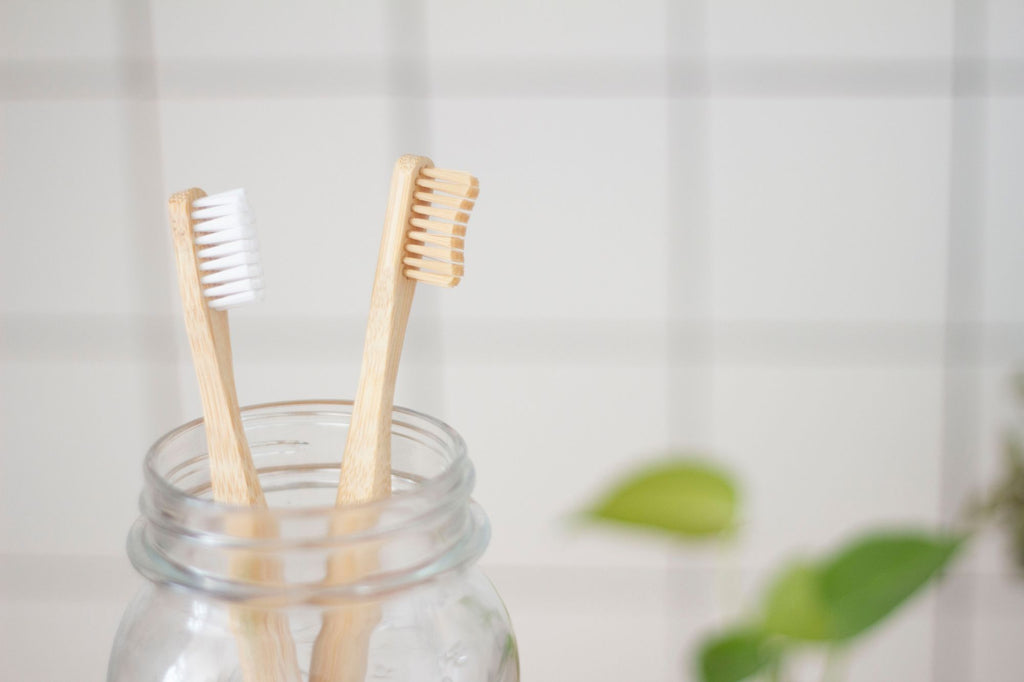
VI. The different options for replacing your toothbrush
A. Traditional toothbrushes 👋
Traditional toothbrushes, also called manual toothbrushes, are the most common and accessible on the market. They generally consist of a plastic handle and nylon bristles. These toothbrushes are available in different sizes, shapes and bristle hardnesses to meet everyone's specific needs.
To replace your traditional toothbrush, it is recommended to do so every three months, or as soon as you notice signs of wear such as separated, crumbling or deformed bristles.
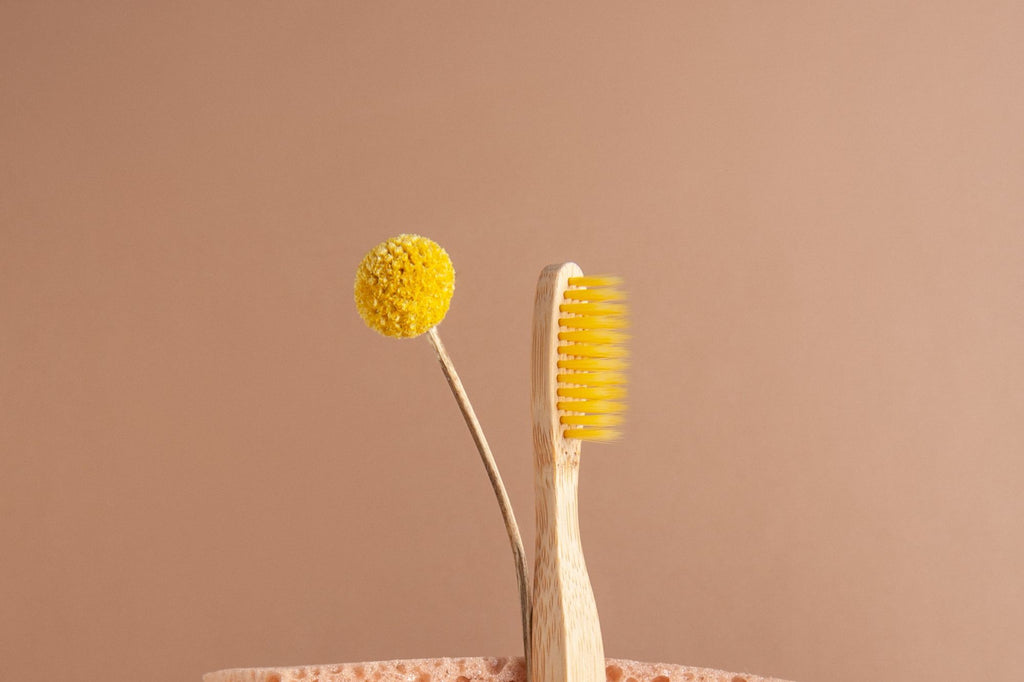
B. Electric toothbrushes and their replacement heads
Electric toothbrushes offer an effective alternative to manual brushes because they are designed to perform automatic brushing movements. These oscillating, rotating or sonic movements allow for more thorough cleaning and better removal of dental plaque.
Most electric toothbrushes come with interchangeable brush heads, which means you can simply replace the brush head instead of changing the entire toothbrush. This helps reduce plastic waste and extend the life of the electric handle.
Dentists generally recommend replacing the electric toothbrush head every three months, just like traditional toothbrushes.

C. Bamboo toothbrushes and other sustainable alternatives 🌱
For those who want to opt for more environmentally friendly solutions, bamboo toothbrushes and other sustainable alternatives are a great option. Bamboo toothbrushes are made from organic bamboo, a renewable and biodegradable resource. The bristles are usually made from biodegradable nylon, making them a more eco-friendly option than plastic toothbrushes.
Some brands, such as Oceansrespect , also offer toothbrushes made from recycled or compostable materials, further reducing environmental impact.
How often bamboo toothbrushes should be replaced depends on the brand and type of bristles used. However, dentists generally recommend replacing bamboo toothbrushes every three months, just like traditional and electric toothbrushes.
In conclusion, there are different options for replacing your toothbrush, whether traditional toothbrushes, electric toothbrushes with replacement heads or sustainable alternatives such as bamboo toothbrushes. No matter what type of toothbrush you choose, it is essential to follow dentists' recommendations for replacement to ensure good oral hygiene and help preserve the environment.
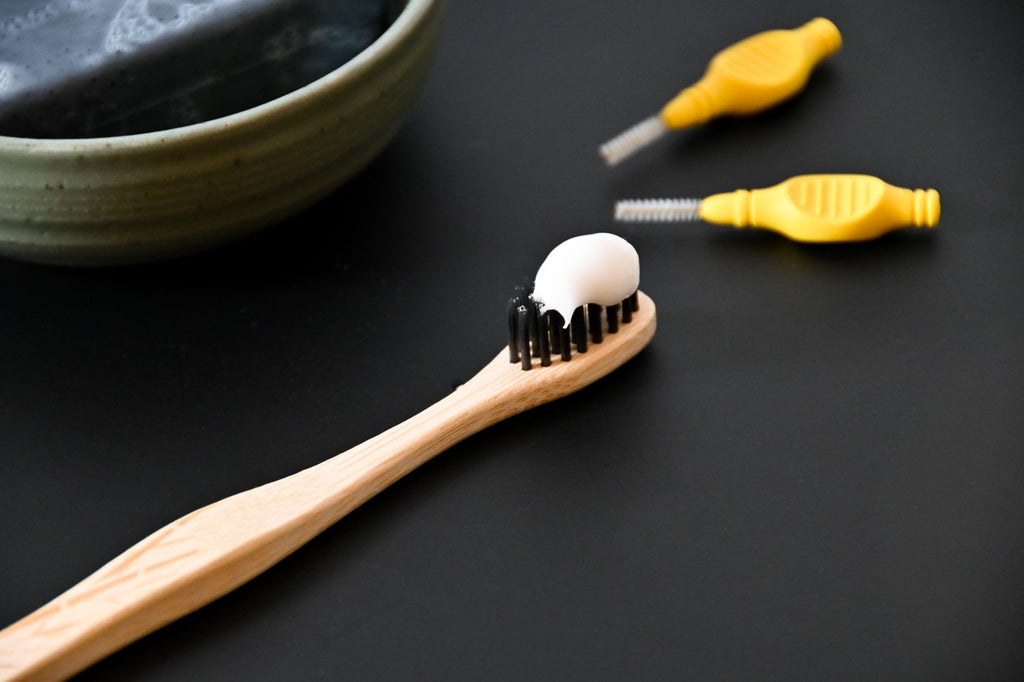
VII. Conclusion
A. Importance of changing your toothbrush regularly for good oral hygiene ❄
The toothbrush is an essential tool for maintaining good oral hygiene. By replacing it regularly, you ensure that you maintain optimal brushing efficiency, which helps prevent the accumulation of plaque, tartar and bacteria responsible for oral problems such as cavities and gum disease. Regular toothbrush replacement also helps prevent bristle wear, which could damage tooth enamel.
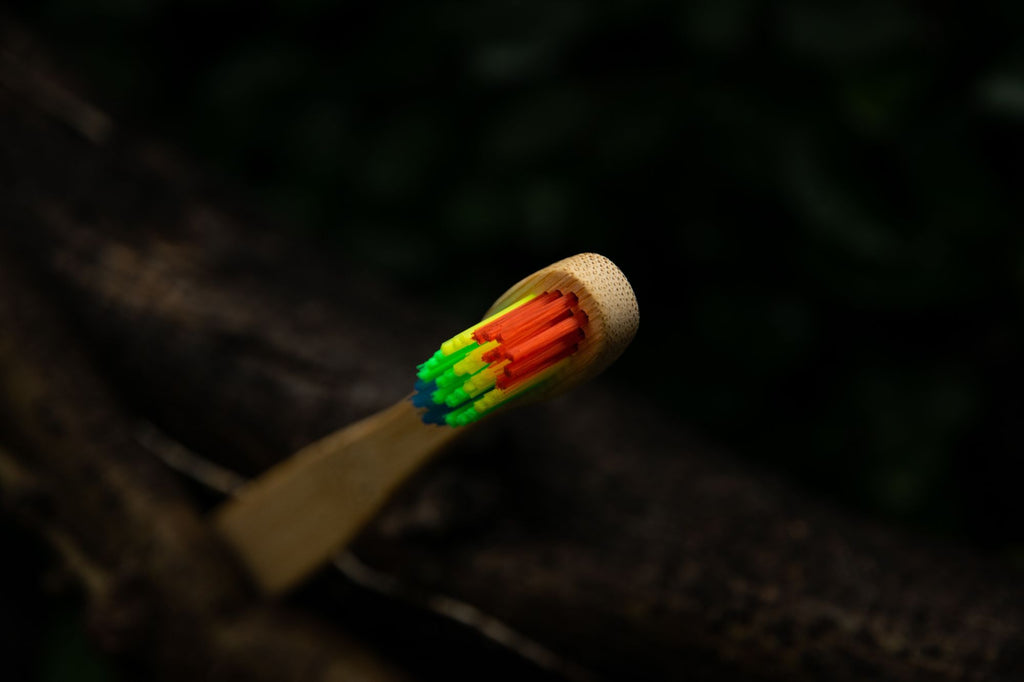
B. Summary of signs of wear and health risks
It's important to watch for signs of wear and tear on your toothbrush, such as spread, frayed or misshapen bristles, as this may indicate that the toothbrush is ineffective and not cleaning your teeth properly. A used toothbrush can also become a breeding ground for bacteria, increasing the risk of oral infections and more serious health problems in the long term. Additionally, tooth abrasion caused by a worn toothbrush can lead to tooth sensitivity and enamel damage.

C. Eco-responsible solutions and following dentists' recommendations for a dazzling smile and optimal dental health 🌿
By choosing eco-responsible solutions such as bamboo toothbrushes or electric brushes with replacement heads, you help reduce the environmental impact of plastic waste. At the same time, you ensure good oral hygiene by following dentists' recommendations regarding the frequency of replacing your toothbrush.
In conclusion, it is essential to understand when to change your toothbrush in order to preserve your oral health and minimize the risks to your health. By regularly replacing your toothbrush, monitoring signs of wear and opting for eco-responsible solutions, you contribute to both your personal well-being and the preservation of the environment. Remember to visit your dentist regularly for check-ups and additional advice on your oral hygiene. With these best practices, you can enjoy a dazzling smile and optimal dental health for many years to come.



